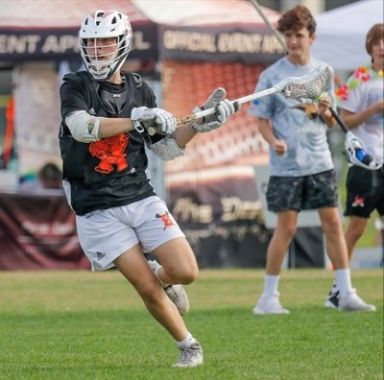
Author Talks: It’s About Time to Make Youth Sports About the Kids Again
(FLN: This is a chat between McKinsey Global Publishing’s Molly Liebergall and Linda Flanagan, a journalist and former cross-country coach, about her new book, Take Back the Game: How Money and Mania Are Ruining Kids’ Sports—And Why It Matters (Penguin Random House, August 2022).
Thought the readers would be interested in the piece.
Thanks to James Burnett, defensive coach at Lake Highland Prep, for sending it to my attention.)
Excerpt:
K–12 sports in America have transformed from a fun, active, and accessible pastime into a high-stakes, expensive competition, Flanagan says—but it didn’t used to be this way. An edited version of the conversation follows.
What went wrong with organized K–12 sports in America, and when?
It all started in roughly the 1970s. We had a terrible recession, high inflation, and as a result, public funding for parks and community programs—including community sports—declined. When that happened, private teams and leagues started to fill the void left by community programs. At the same, Title IX hugely accelerated the number of girls playing sports, so there was a greater demand as well.
The perspective of parents and what they owed their kids also started to shift around the ’70s, when American culture moved away from any collective sense of responsibility around rearing kids and toward it being almost entirely the family’s responsibility. As a result, parents felt they needed to step up and do everything possible to give their kids every advantage; it’s all defined by economic anxiety and concern about the future.
All of these forces converged, along with the greater stakes of college athletics—we all know about college admissions and how crazy that can be—to turn youth sports from primarily community-based, low cost, local, and cheap, into a feast-or-famine situation, where low-income areas have very little while middle-to-upper-income areas have quality programs that are privatized and serious.
How does America’s culture of youth sports compare with other countries?
Youth sports in America differ dramatically from youth sports in other parts of the world. In China—and we’ve seen this in the Olympics—it’s a top-down, federal selection of the top athletes. They’re plucked out and cultivated—pulled from their families and developed. Obviously, this is very different from how we do it here.
In many developing countries, there aren’t any organized youth sports to speak of that are state-run or even private—many youth sports are run by NGOs [nongovernmental organizations], which use it to almost bring up the population. In Europe, youth sports are not school-based, they’re community-based. While schools have PE or physical education, they don’t have school teams, so sports are community-based, local, and cheap. The emphasis is on developing kids’ agility and having fun, and the teams are smaller.
Read the rest HERE
